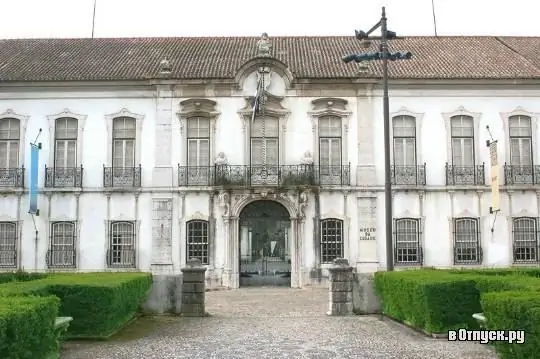
Description of the attraction
The museum is located in the Pimenta Palace, which was built in the 18th century and donated by King Juan V to the abbess of the monastery of St. Dinis in Odivelas, Paula Teresa de Silva e Almeida. The beautiful old museum building is located next to Campo Grande, the largest park in Lisbon. The museum has a courtyard where peacocks roam freely.
The exposition of the museum tells about the history of the city, its development, from prehistoric times to the 19th century. Visitors will be interested in taking a look at the large model of the city before the 1755 earthquake. The museum displays navigational maps, historical paintings and panels, as well as archaeological finds from the Roman period. The historical panoramas of the city before and after the earthquake, as well as the furniture of the Golden Age, are very interesting. Among the exhibits, attention is drawn to an engraving of the 17th century, depicting scenes from the time of the Inquisition. Other prints depict paintings from the life of the nobility, for example, "Departure of Catherine Braganza to London for a wedding with King Charles II". Also in the museum you can see drawings of the construction of the first aqueduct and many other similar projects.
It is worth noting that in the museum, visitors can also see objects of fine art, among which are the famous works of the artist of the early twentieth century, Jose Malhoa. His painting "Fado" deserves special attention and is an example of the artistic heritage of Portugal. Among the museum's historical treasures is the piano, behind which sat the great Alfredo Keil, who wrote the national anthem.
Although the museum was founded at the beginning of the twentieth century, it was only opened to visitors in 1942.






